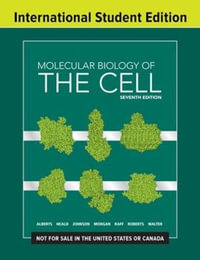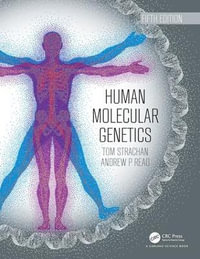| Genomic Studies and Computational Predictions of Nucleosome Positions and Formation Energies | |
| Introduction | p. 2 |
| Experimental Studies of Chromatin Structure | p. 5 |
| Computational Studies of Chromatin Structure | p. 25 |
| Summary and Conclusions | p. 47 |
| References | p. 52 |
| Protein Homorepeats: Sequences, Structures, Evolution, and Functions | |
| Introduction | p. 60 |
| Distribution of Homorepeats in Proteomes | p. 62 |
| Structural Properties of Homorepeat Regions | p. 70 |
| Evolutionary Dynamics of Homorepeats | p. 75 |
| Functional Associations of Homorepeat Regions | p. 76 |
| References | p. 84 |
| Protein Aggregation: From Inclusion Bodies to Amyloid and Biomaterials | |
| Historical Perspective: "Unboiling the Egg" | p. 90 |
| Protein Aggregation In Vitro | p. 91 |
| Inclusion Bodies: Mechanisms of Formation and Structural Features | p. 94 |
| Protein Aggregation and Disease: Amyloids | p. 98 |
| Fusion Proteins in the Study of Inclusion Bodies and Amyloids | p. 100 |
| Short Sequences may Suffice to Drive Aggregation | p. 103 |
| Amyloid Character of Inclusion Bodies | p. 106 |
| Natural Amyloids | p. 109 |
| Protein Biomaterials: Amyloids as Bio-Nanomaterials | p. 112 |
| Summary and Outlook | p. 115 |
| References | p. 116 |
| Taking Charge of Proteins: From Neurodegeneration to Industrial Biotechnology | |
| One of the Great Challenges for Biochemists in the 21st Century: Protein Aggregation | p. 128 |
| Almost All Proteins are Charged at Physiological pH | p. 129 |
| The Net Charge of a Protein Affects Its Rate of Aggregation | p. 130 |
| Misfolded or Mischarged? | p. 132 |
| The Case of Cu, Zn Superoxide Dismutase-1 and Amyotrophic Lateral Sclerosis | p. 132 |
| How Significant are Reductions in the Net Charge of ALS-SODI Variants? | p. 138 |
| Cryptic Amino Acid Substitutions That Cause Other Familial Aggregation Diseases Reduce Net Charge | p. 139 |
| Measuring the Net Charge of Proteins with Capillary Electrophoresis | p. 140 |
| Increasing the Durability of Enzymes with Organic Chemistry | p. 142 |
| The Effects of Acetylation on the Activity, Secondary Structure, and Thermostability of BLA | p. 147 |
| The Highly Charged BLA Protein Resists Thermal Precipitation | p. 150 |
| Industrial Applications for Highly Charged Enzymes | p. 150 |
| Acetylation Increases the Half-Life of BLA in Hot Solutions of Sodium Dodecyl Sulfate | p. 152 |
| Why Does the Acetylation of Lysine Residues Increase the Half-Life of -Amylase in Solutions of Surfactant? | p. 153 |
| Identifying the Unmodified Lysine Residues in BLA-Ac(∼17) | p. 154 |
| Conclusion and Outlook: Charge Boosting Drugs | p. 157 |
| References | p. 158 |
| Histone Acetylation, Acetyltransferases, and Ataxia-Alteration of Histone Acetylation and Chromatin Dynamics is Implicated in the Pathogenesis of Polyglutamine-Expansion Disorders | |
| Packaging and Accessibility of DNA in the Context of Chromatin | p. 166 |
| Gcn5 is a Histone Acetyltransferase that Functions in the Context of SAGA and its Related Complexes in Eukaryotes | p. 168 |
| Substrate Targeting of Gcn5 Histone Acetyltransferase Activity is Regulated by Interactions with Adaptor Proteins | p. 170 |
| SAGA and Related Complexes Possess Histone Deubiquitination Activity | p. 173 |
| Gcn5 and PCAF Acetyltransferases Exhibit Distinct, Yet Partially Overlapping, Functions | p. 174 |
| Polyglutamine Stretches are Common Attributes of Transcription Factors | p. 176 |
| Polyglutamine-Expansion Disorders | p. 178 |
| Spinocerebellar Ataxia Type 7 | p. 179 |
| Transgenic Mouse Models of SCA7 | p. 180 |
| Proteolytic Processing of ataxin-7 | p. 185 |
| Ataxin-7 is a Subunit in SAGA and SAGA-Related Histone Acetyltransferase Complexes | p. 186 |
| Chemotherapeutic Options for the Treatment of Polyglutamine-Expansion Disorders | p. 193 |
| References | p. 197 |
| Author Index | p. 205 |
| Subject Index | p. 213 |
| Table of Contents provided by Ingram. All Rights Reserved. |
























